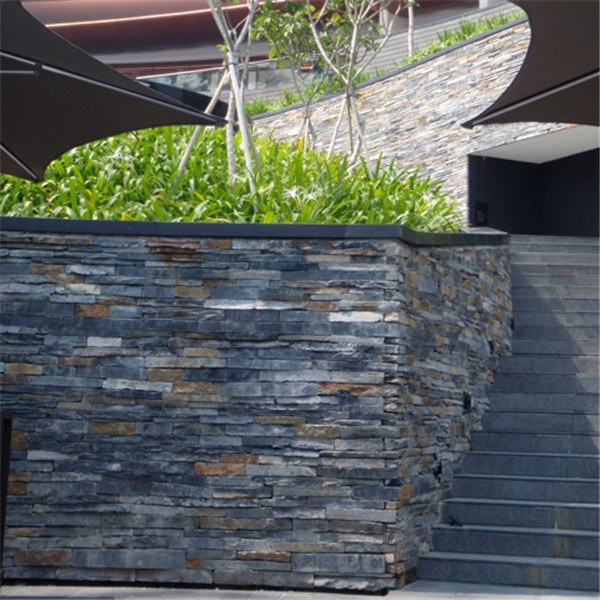Introduction
Prairie cultured stone, also known as manufactured stone or faux stone, is a versatile and aesthetically pleasing building material that has gained popularity in recent years. With its natural appearance and durability, prairie cultured stone offers a cost-effective alternative to traditional stone masonry. In this article, we will explore the history, characteristics, benefits, and applications of prairie cultured stone in construction and design.
History of Prairie Cultured Stone
The concept of cultured stone dates back to the early 20th century when it was first developed as a way to replicate the look and feel of natural stone without the high costs and labor-intensive processes associated with traditional stone masonry. Over the years, advancements in technology and manufacturing techniques have led to the creation of prairie cultured stone that closely mimics the appearance of natural stone while offering improved durability and ease of installation.
Characteristics of Prairie Cultured Stone
Prairie cultured stone is made from a mixture of cement, aggregates, and iron oxide pigments that are molded and colored to resemble various types of natural stone, such as limestone, sandstone, and granite. The manufacturing process involves casting the stone molds in a controlled environment to ensure uniformity and consistency in color, texture, and shape.

One of the key characteristics of prairie cultured stone is its lightweight nature, which makes it easier to handle and install compared to natural stone. This lightweight feature also reduces the structural support requirements and overall cost of construction, making prairie cultured stone a popular choice for both residential and commercial projects.
Benefits of Prairie Cultured Stone
There are several benefits to using prairie cultured stone in construction and design projects:
1. Aesthetics: Prairie cultured stone offers the timeless beauty and character of natural stone, enhancing the visual appeal of any architectural style or design. The wide range of colors, textures, and shapes available in prairie cultured stone allows for endless design possibilities.
2. Durability: Prairie cultured stone is highly durable and resistant to harsh weather conditions, fading, and chipping. Unlike natural stone, prairie cultured stone does not require sealing or maintenance, making it a low-maintenance option for exterior and interior applications.
3. Cost-Effective: Prairie cultured stone is more affordable than natural stone, making it a cost-effective alternative for achieving the look of stone masonry without breaking the budget. The lightweight nature of prairie cultured stone also reduces transportation and installation costs.
4. Versatility: Prairie cultured stone can be used in a variety of applications, including exterior facades, accent walls, fireplaces, and landscaping features. Its versatility and ease of installation make it a popular choice for both new construction and renovation projects.
Applications of Prairie Cultured Stone
Prairie cultured stone can be used in a wide range of applications in both residential and commercial settings:
1. Exterior Facades: Prairie cultured stone is commonly used to enhance the exterior facades of homes, buildings, and other structures. https://www.fs-slate.com/fs-028-10/ and durability make it a popular choice for creating a rustic or traditional look that complements the surrounding landscape.
2. Interior Walls: Prairie cultured stone can be used to create accent walls, fireplace surrounds, and other interior features that add warmth and character to any space. The variety of colors and textures available in prairie cultured stone allows for customized designs that suit the style of the room.
3. Landscaping Features: Prairie cultured stone can be used to create retaining walls, garden borders, and other landscaping features that blend seamlessly with the natural environment. Its lightweight nature and ease of installation make it an ideal choice for outdoor applications.
4. Commercial Buildings: Prairie cultured stone is often used in commercial buildings, such as restaurants, hotels, and retail stores, to create a welcoming and inviting atmosphere. Its durability and low maintenance requirements make it a practical choice for high-traffic areas.
Conclusion
Prairie cultured stone is a versatile and durable building material that offers the timeless beauty of natural stone without the high costs and maintenance associated with traditional stone masonry. With its wide range of colors, textures, and applications, prairie cultured stone is a popular choice for architects, designers, and homeowners looking to enhance the aesthetic appeal of their projects. Whether used for exterior facades, interior walls, landscaping features, or commercial buildings, prairie cultured stone provides a cost-effective and visually appealing solution for achieving the look of natural stone.
